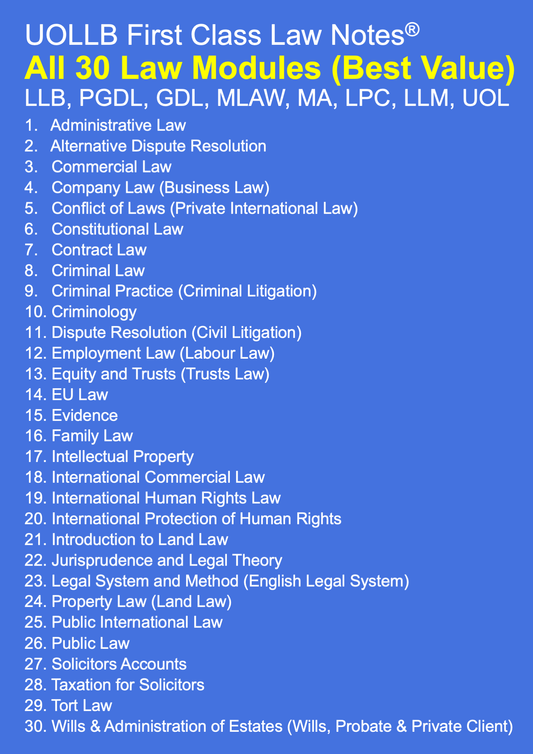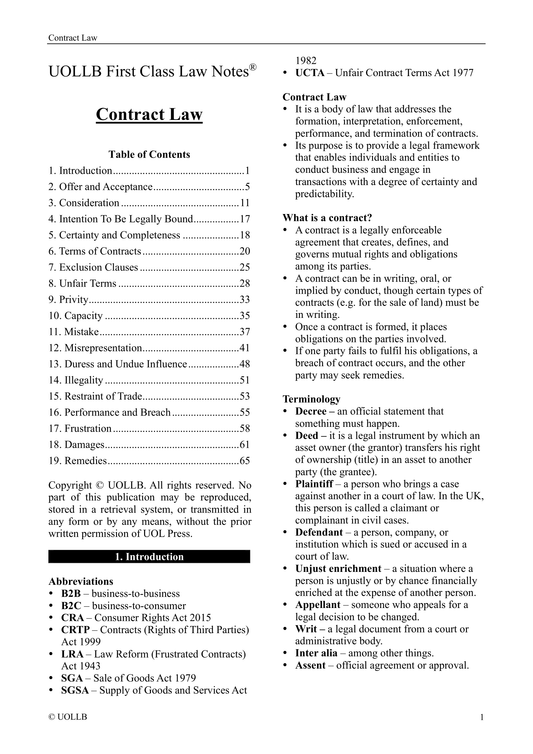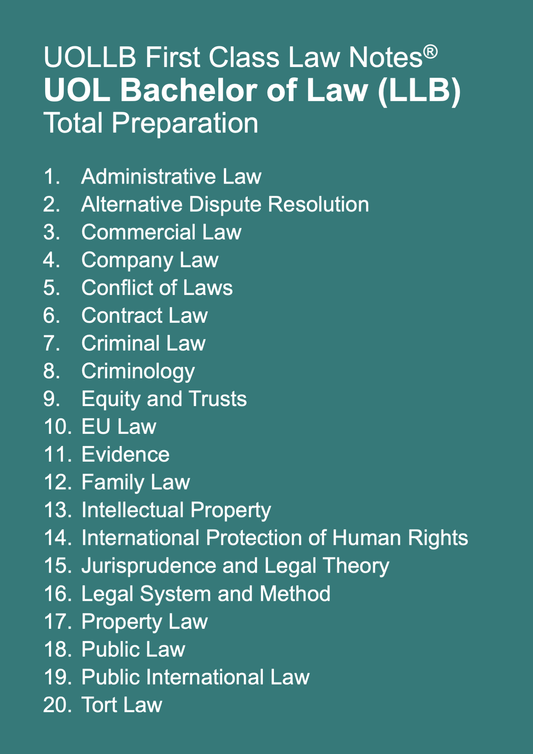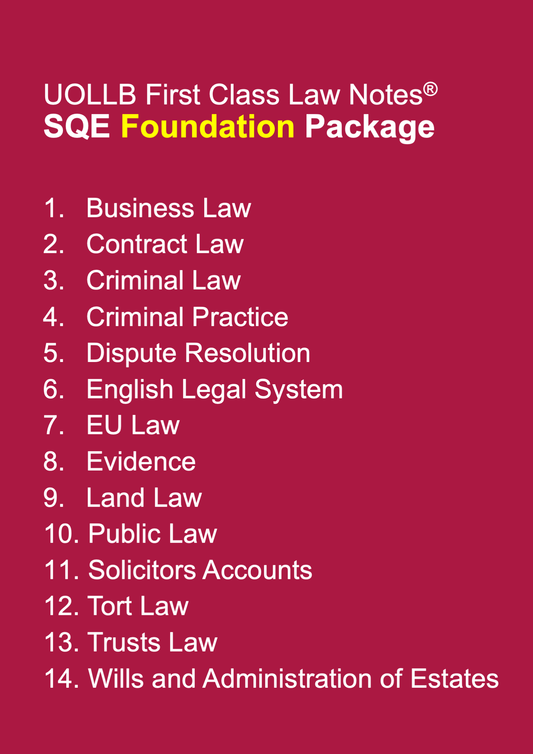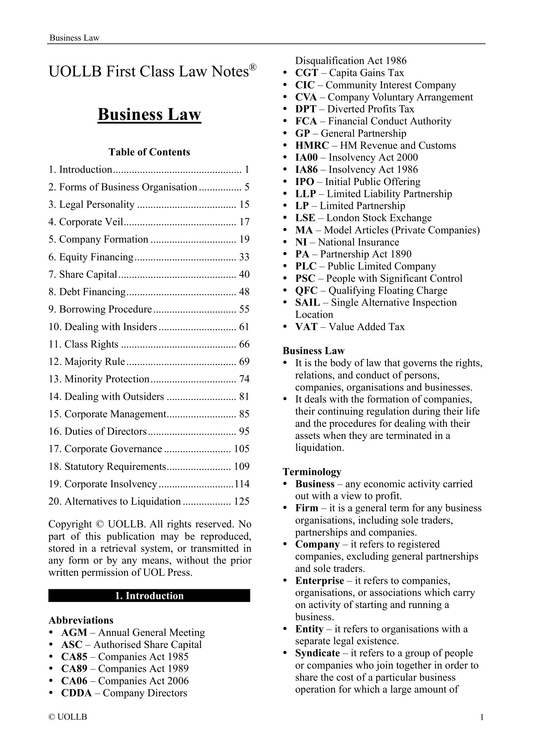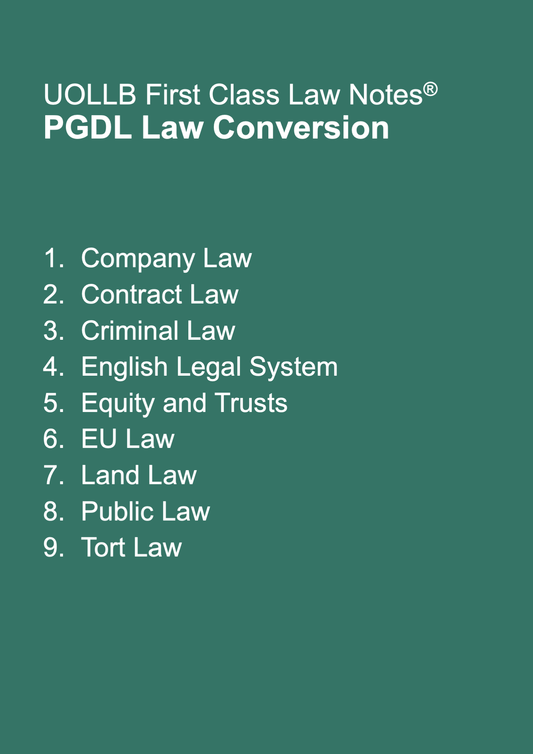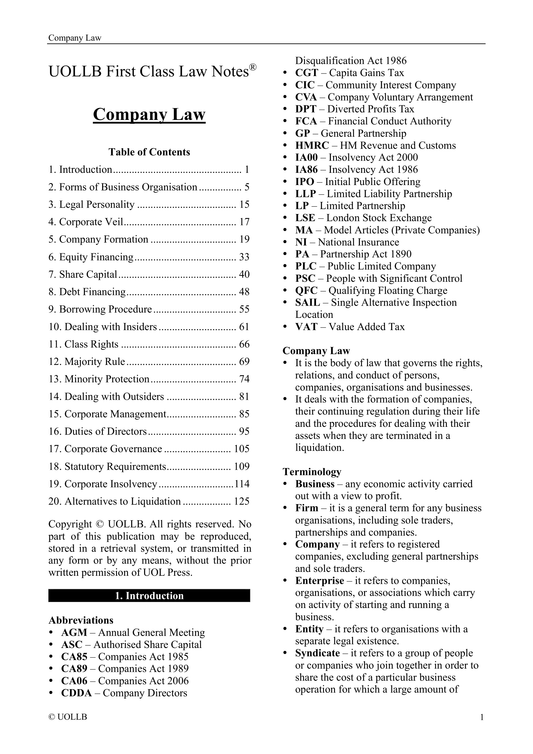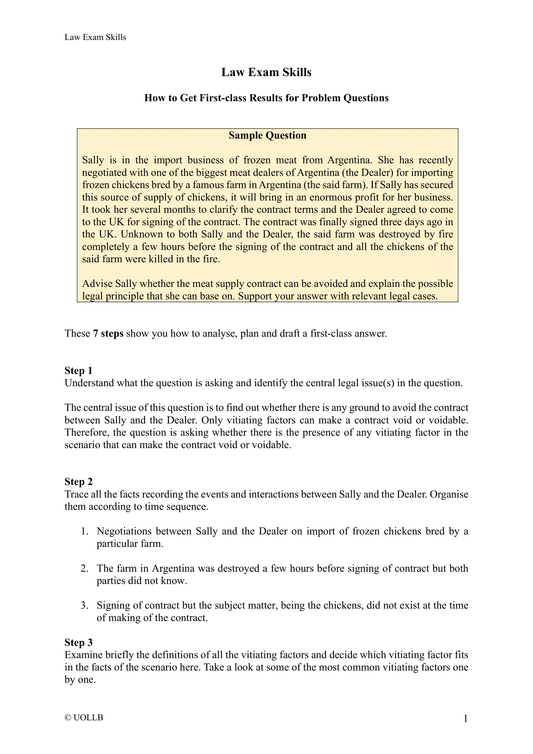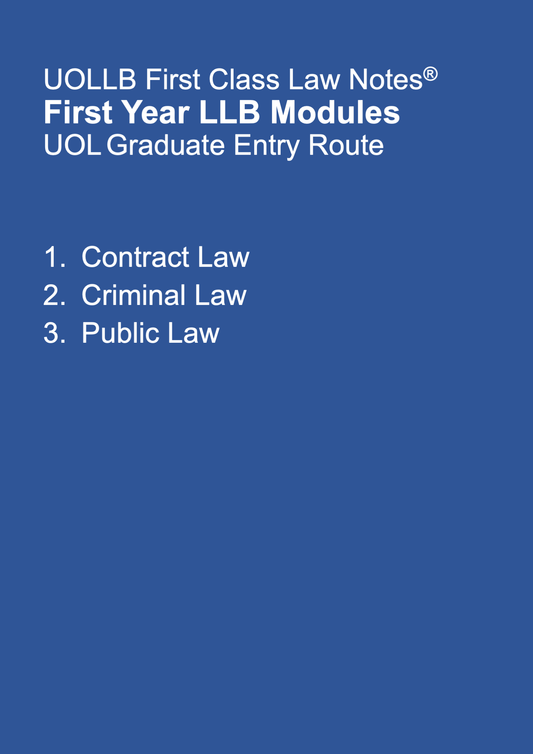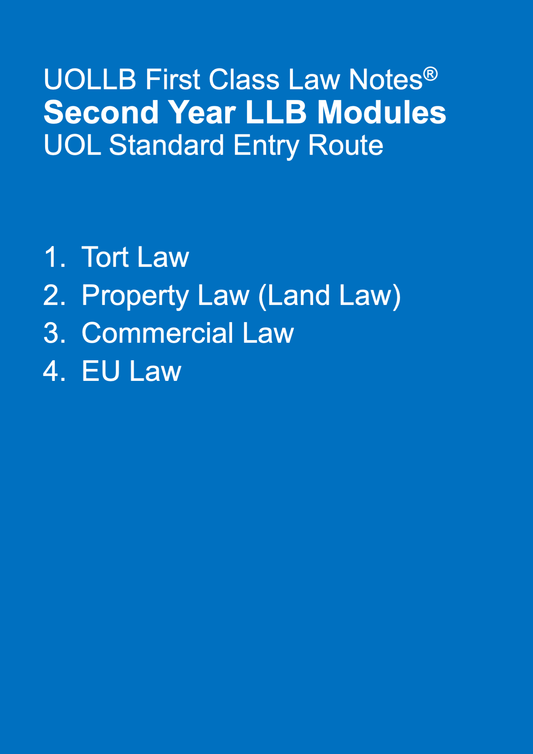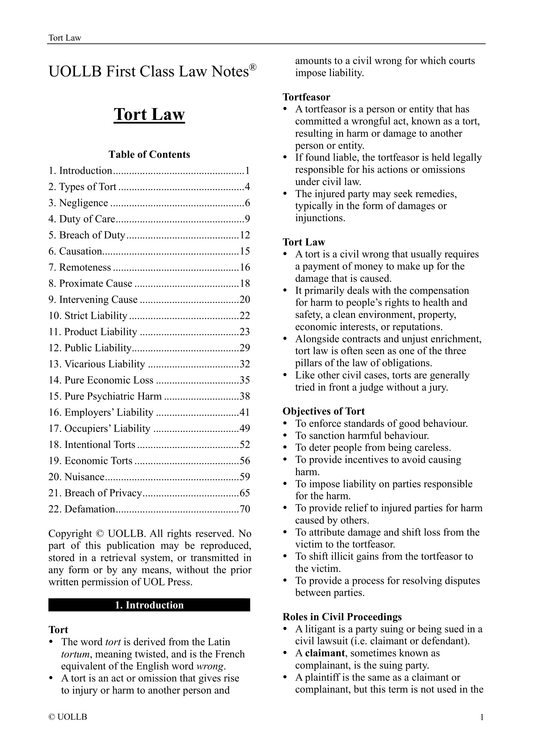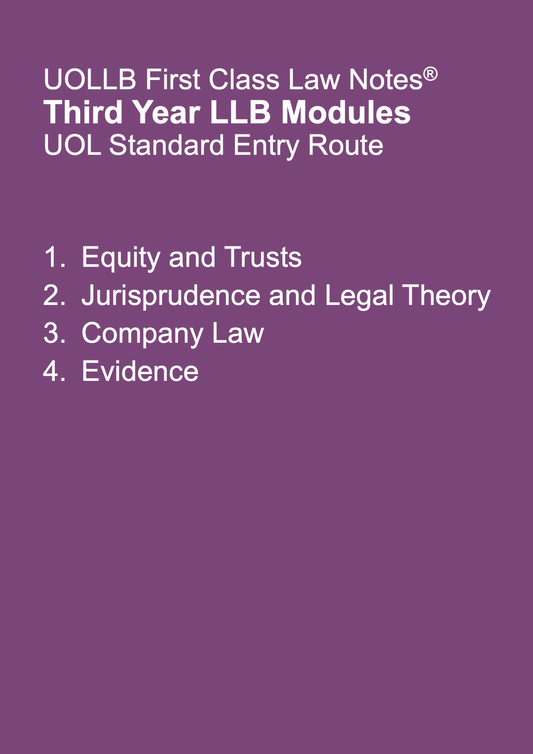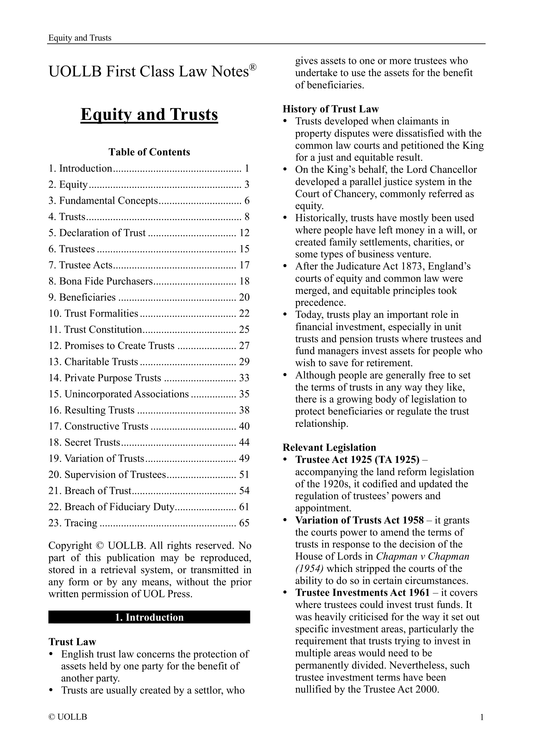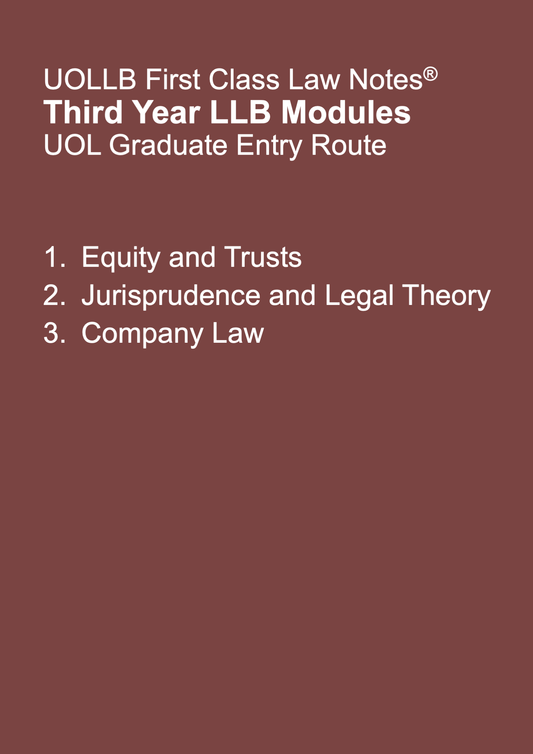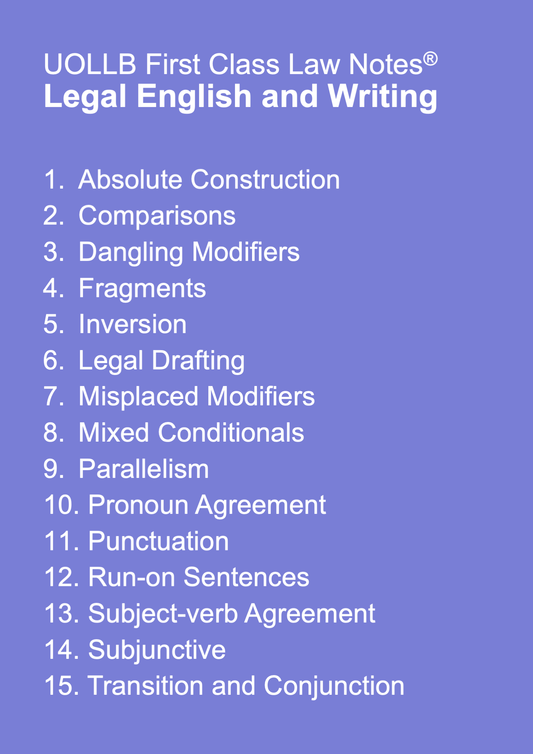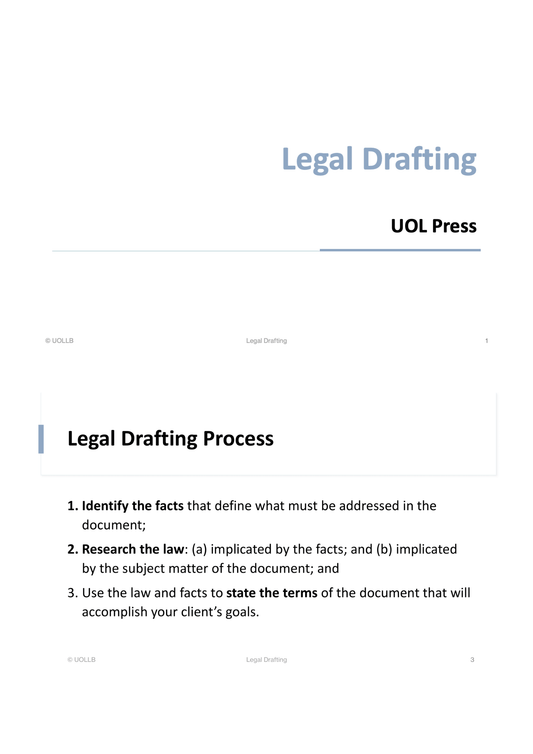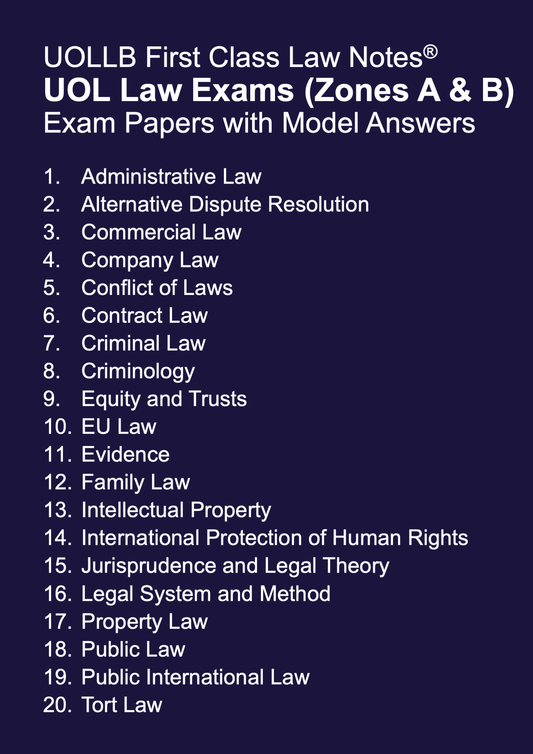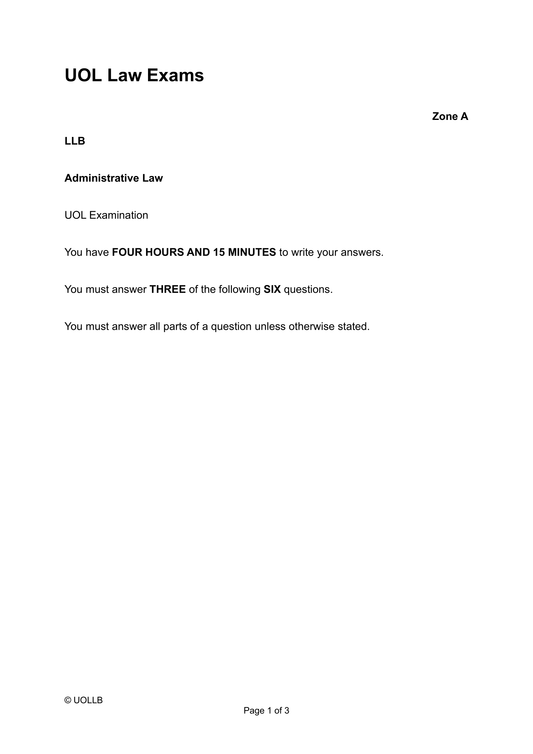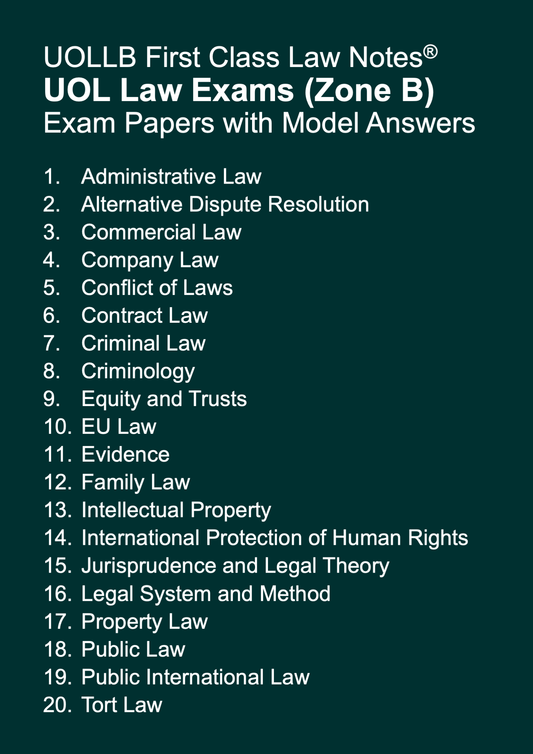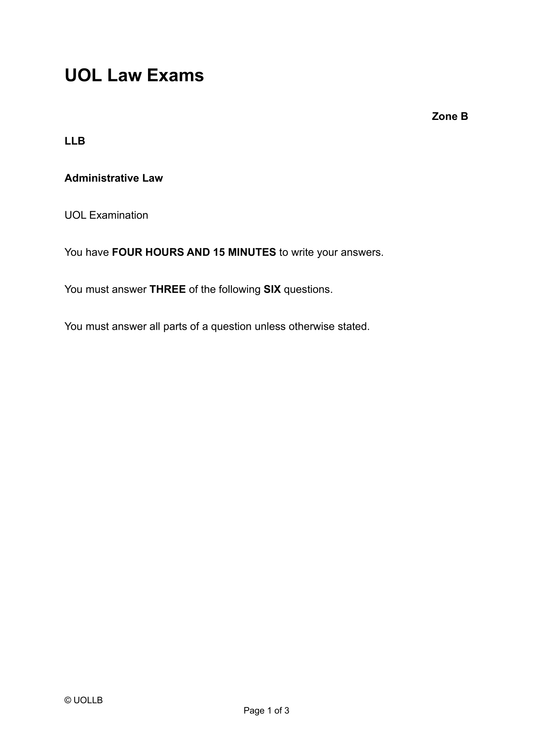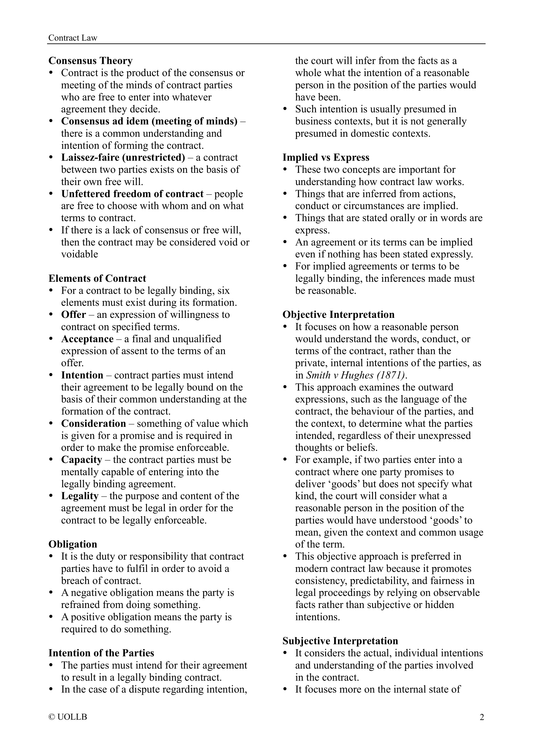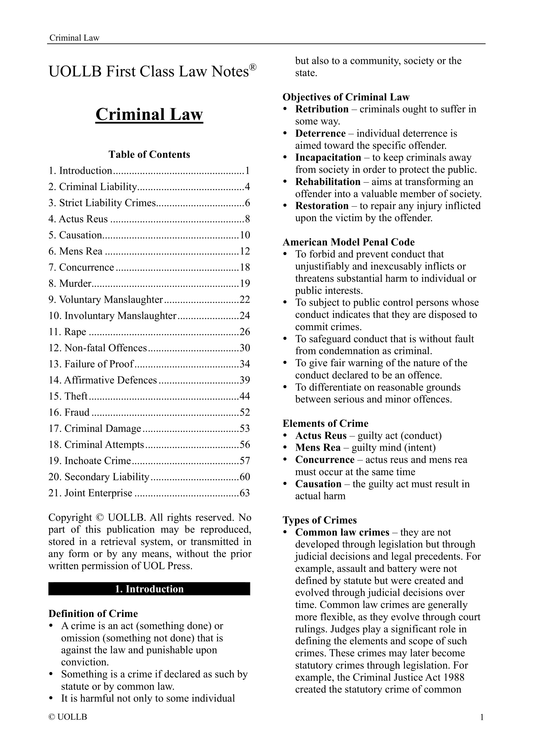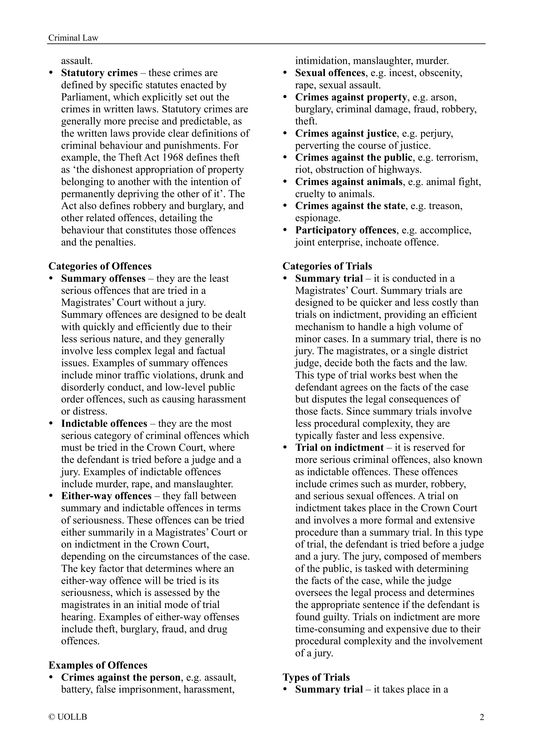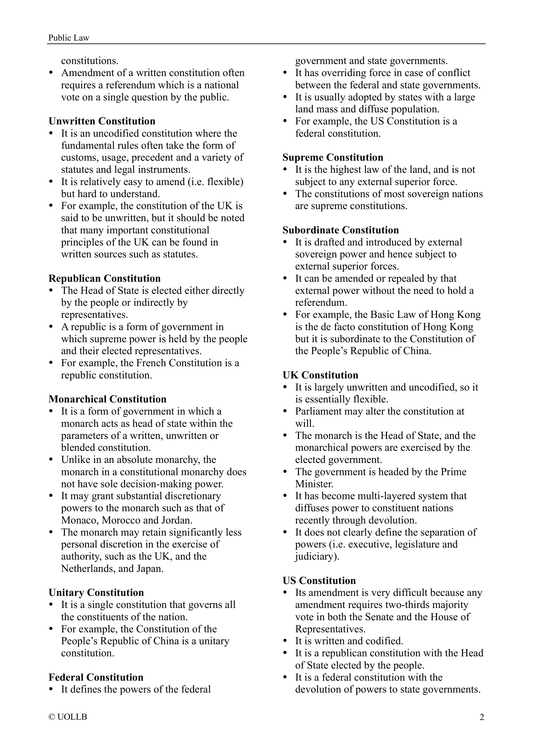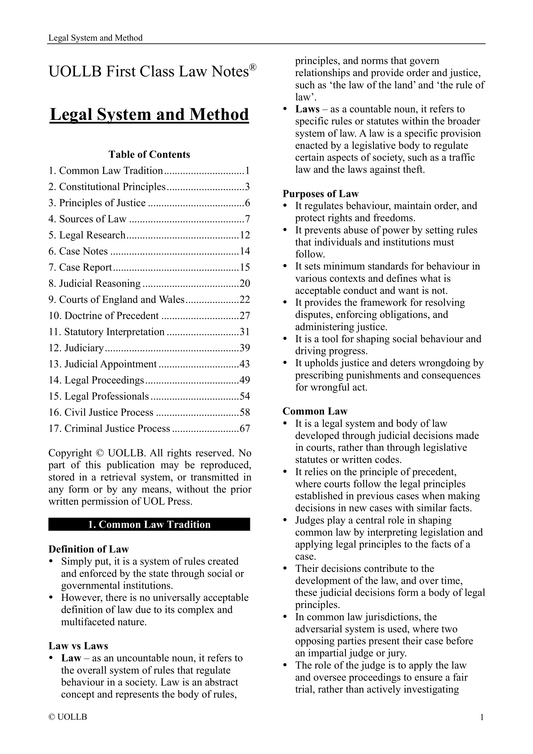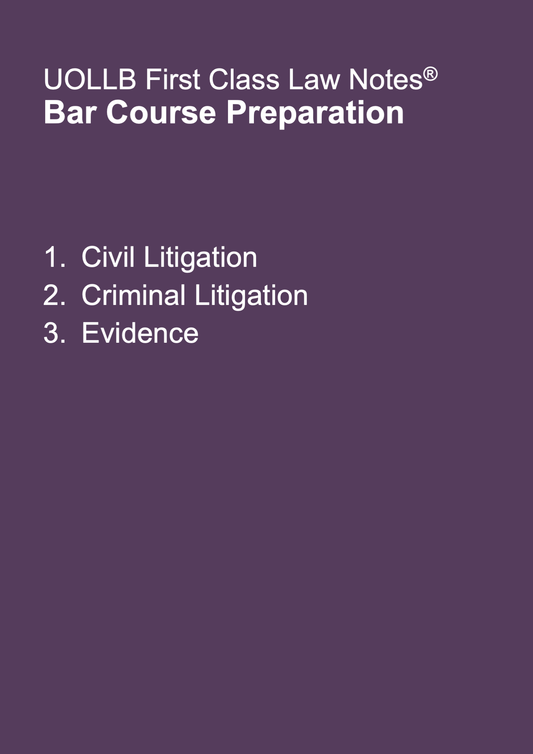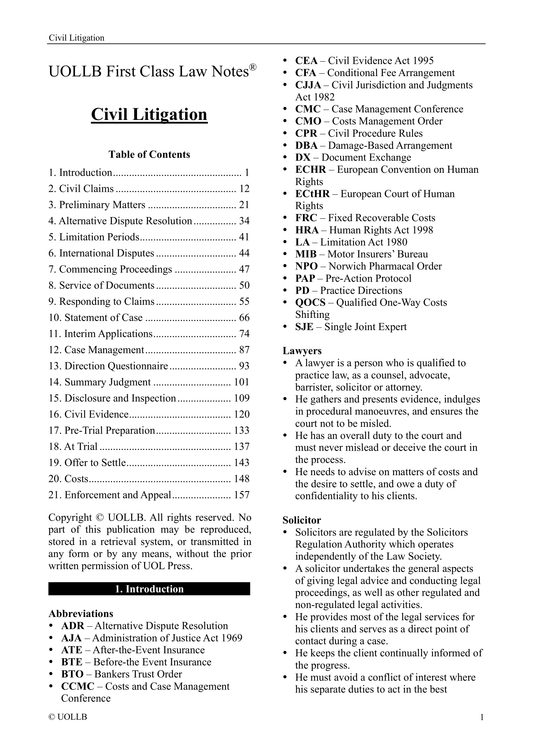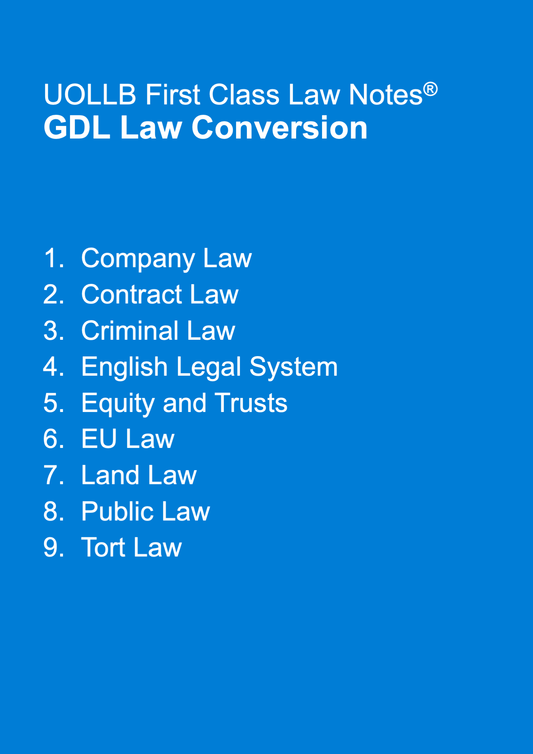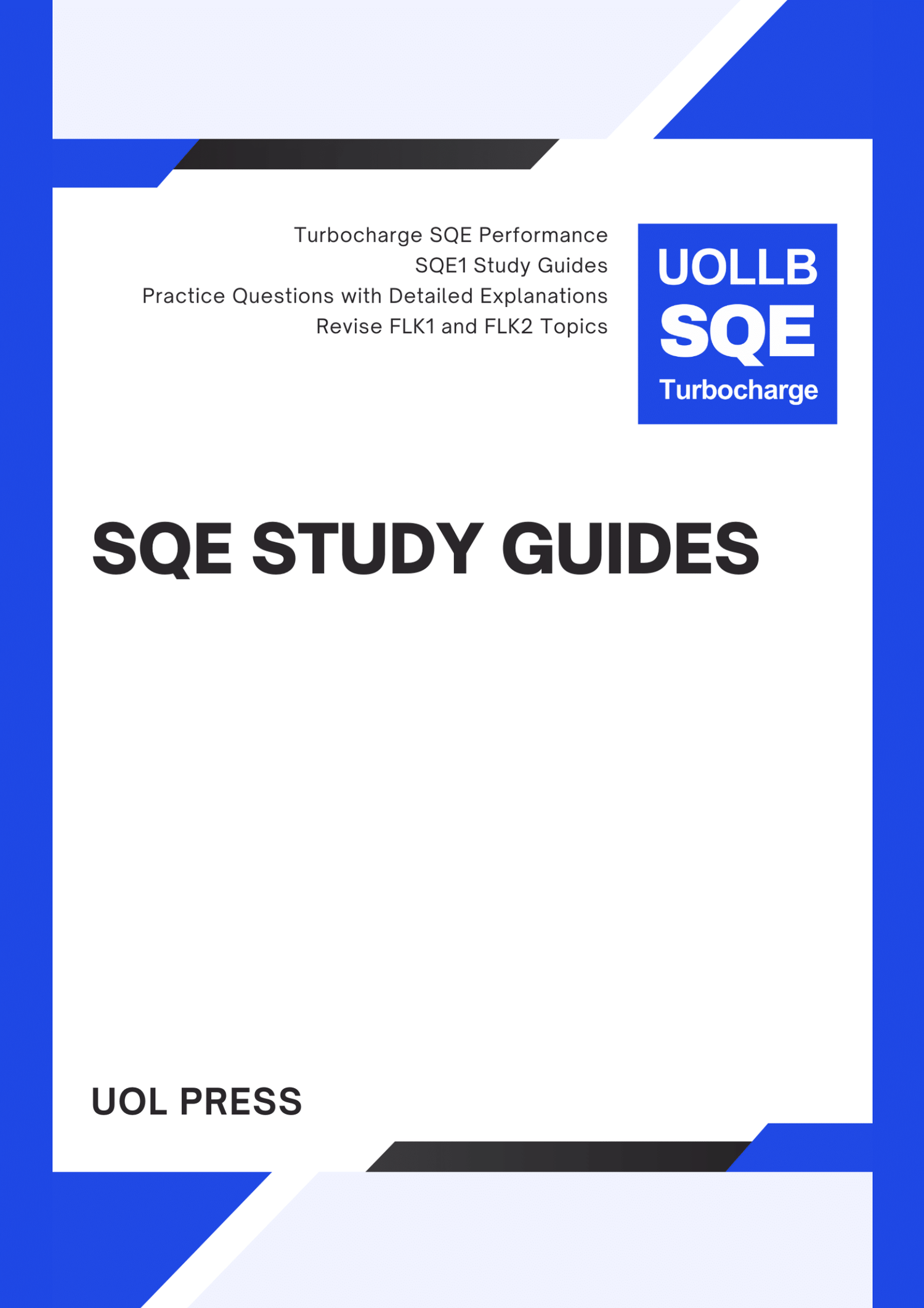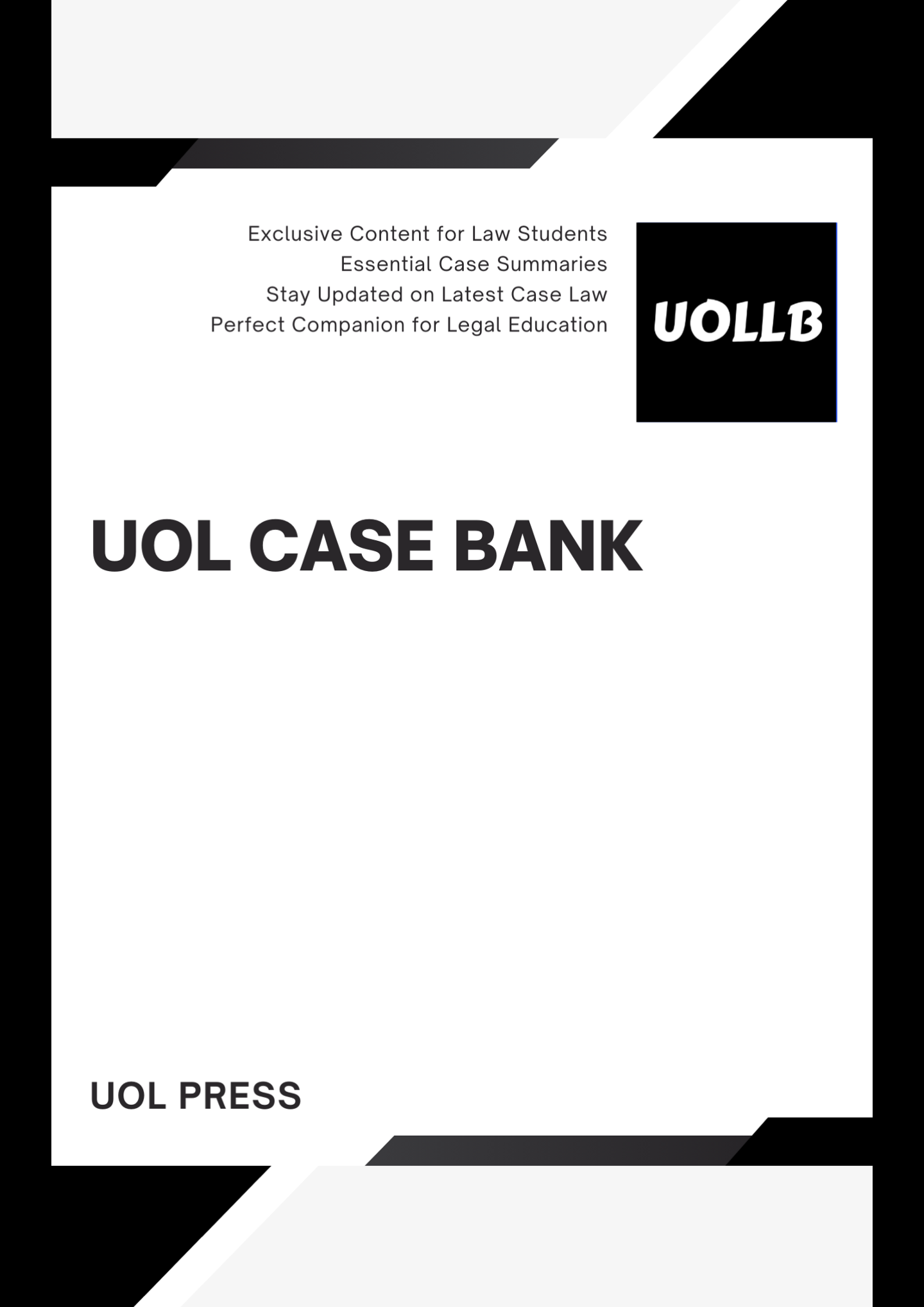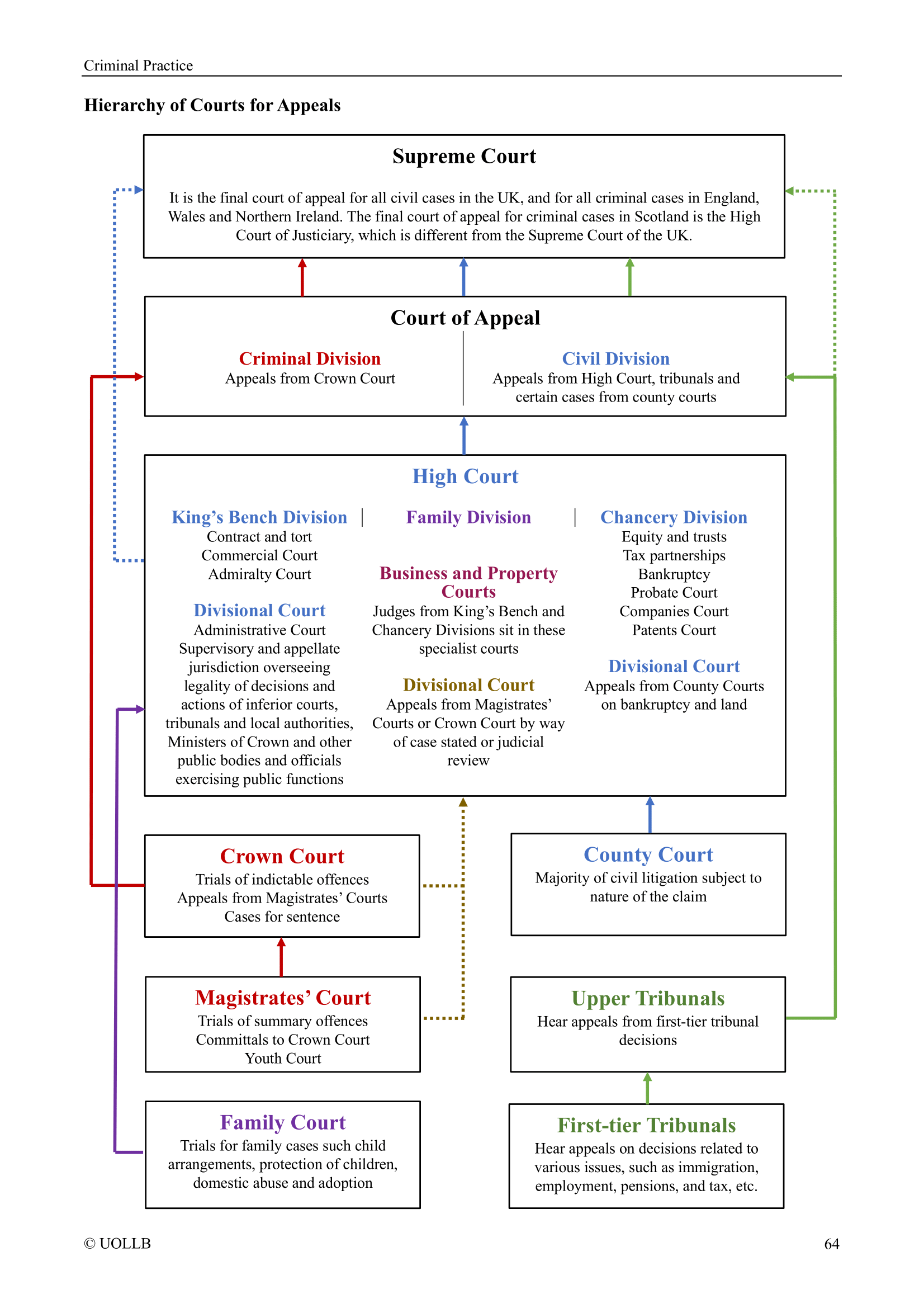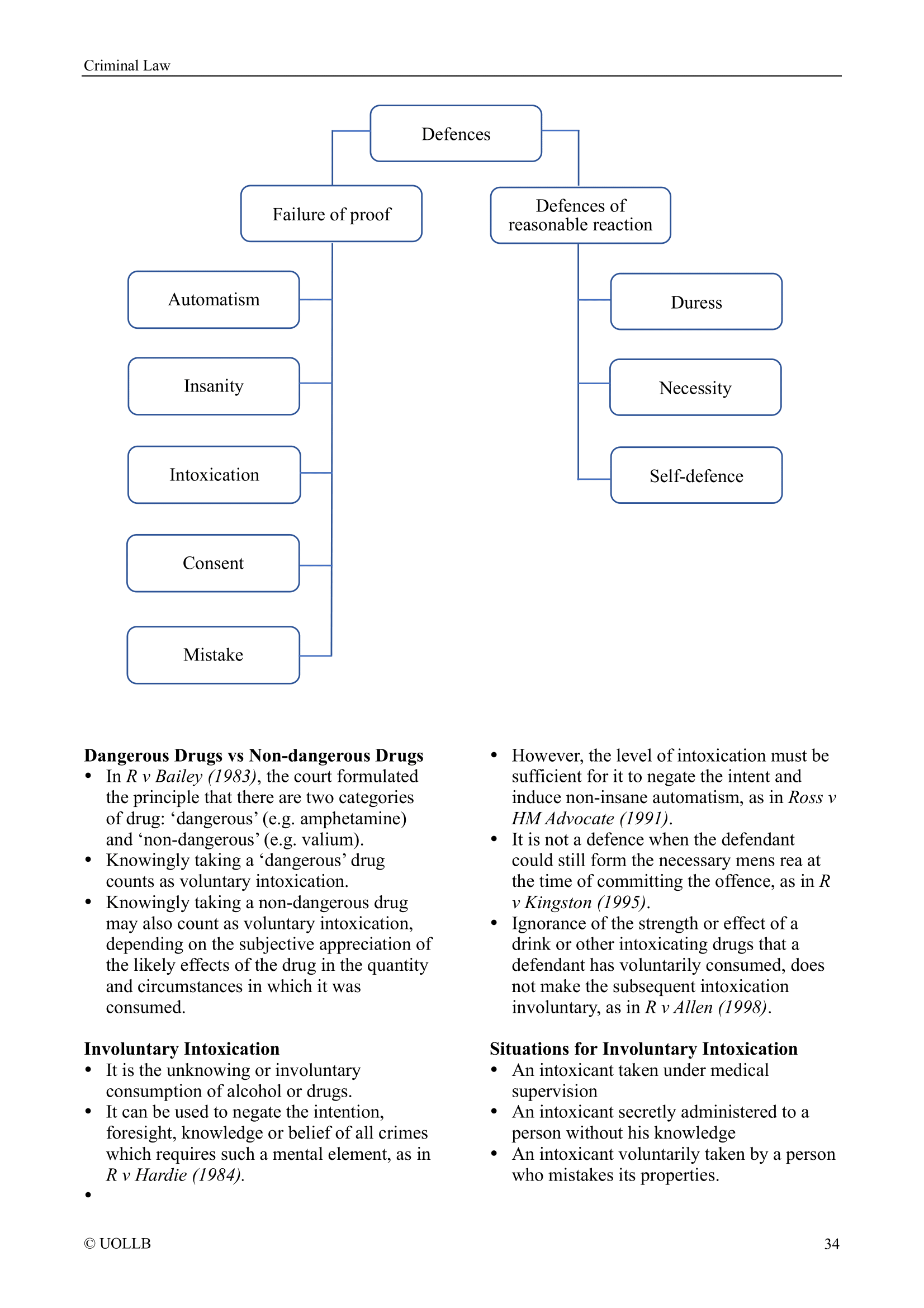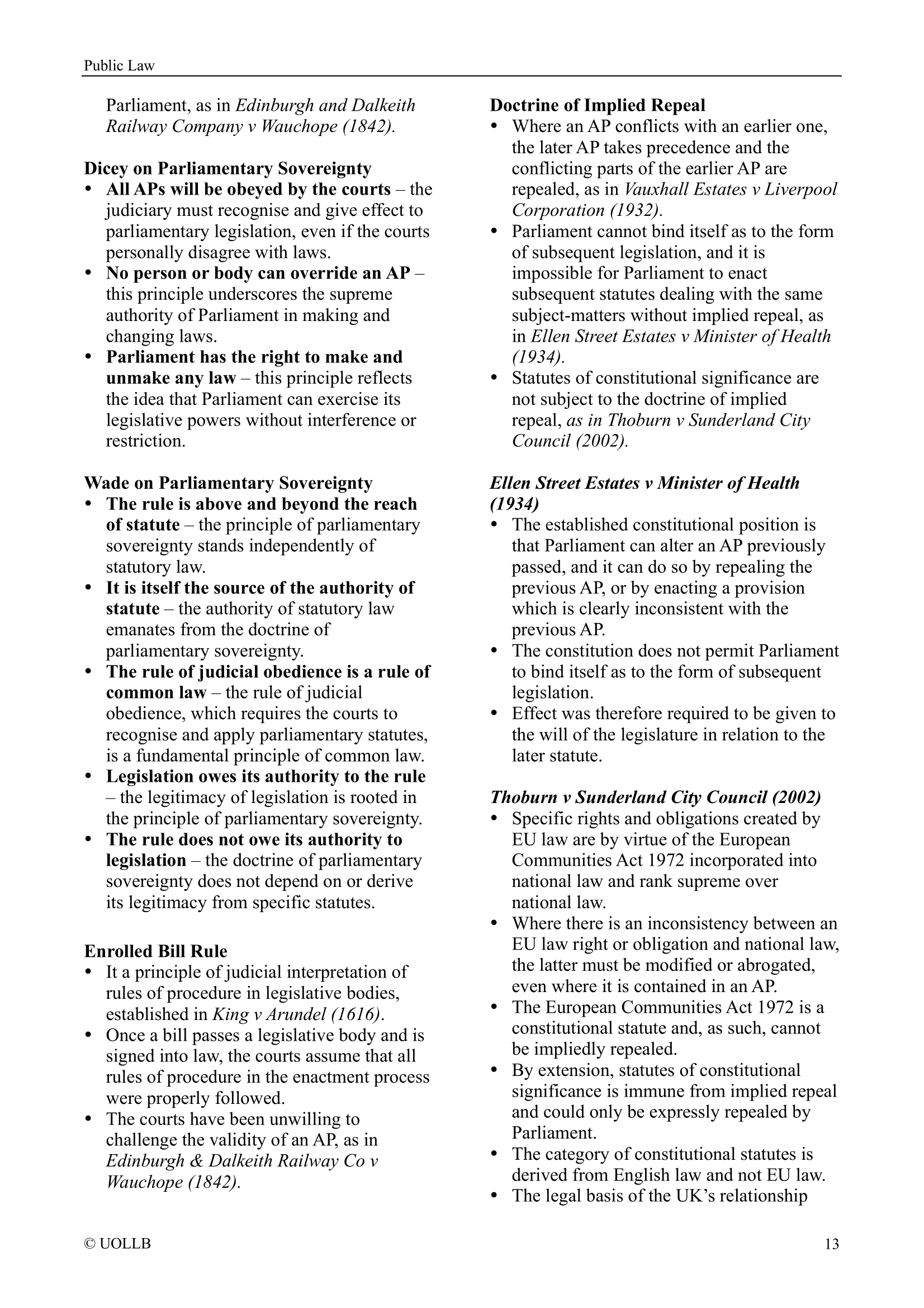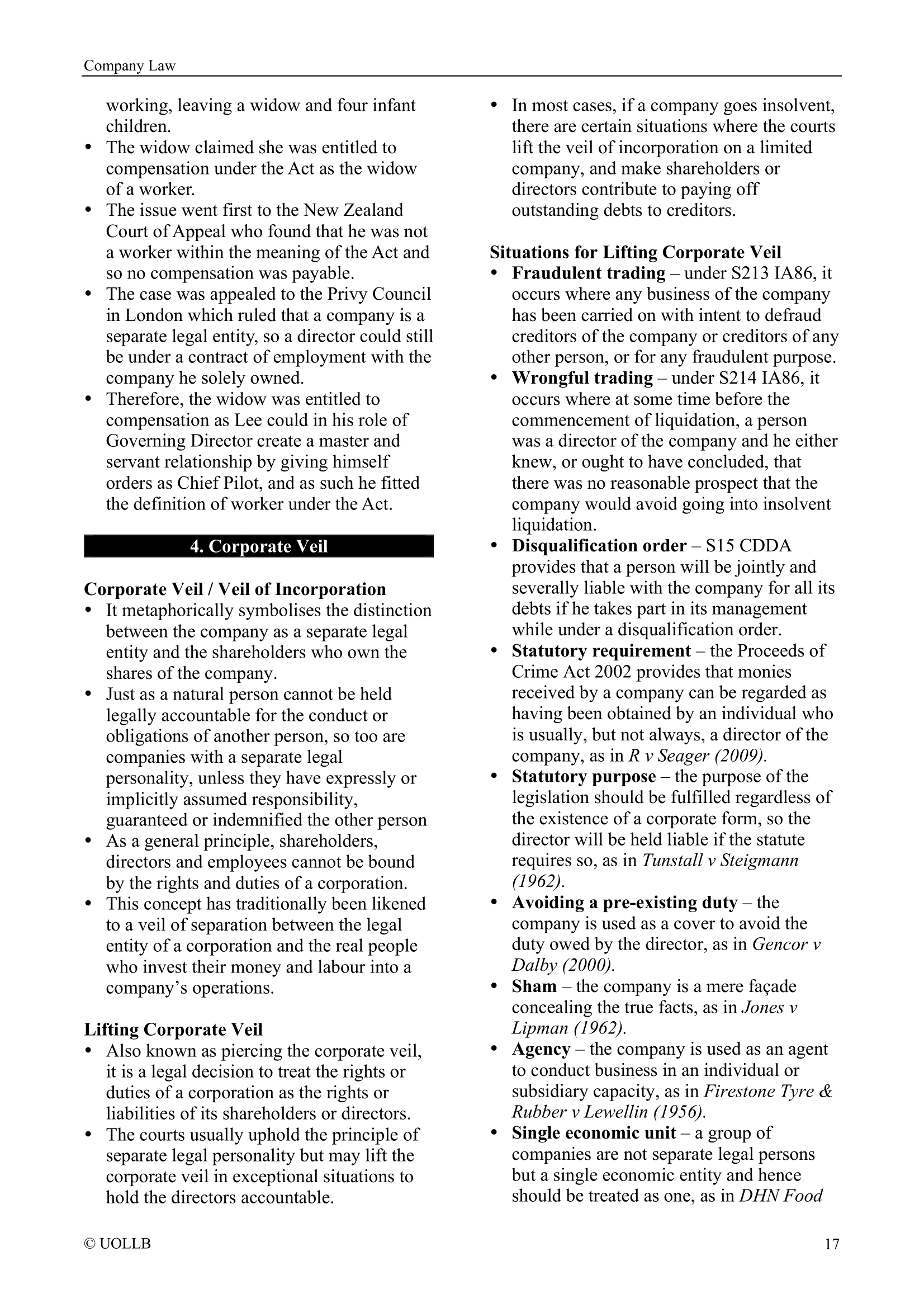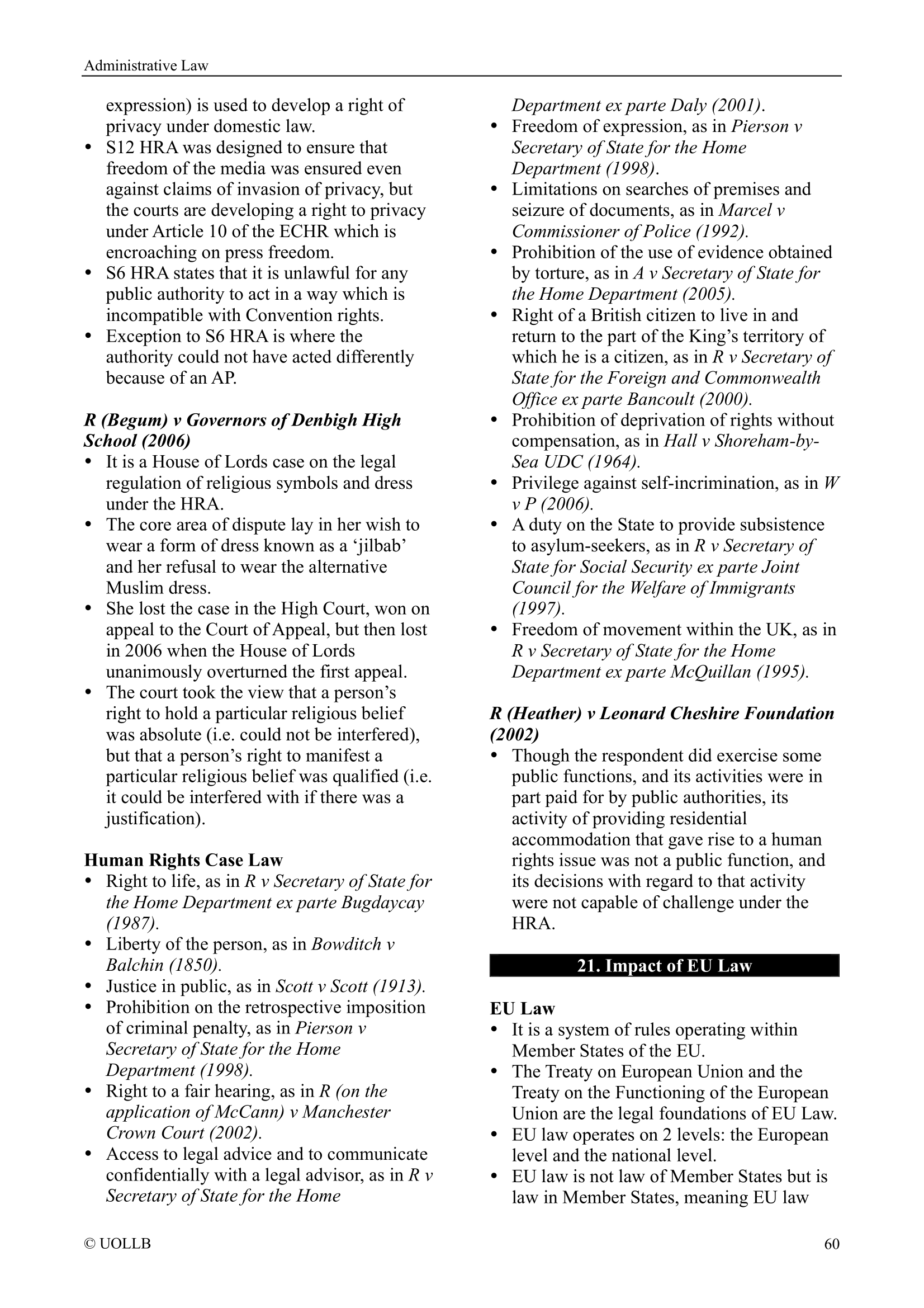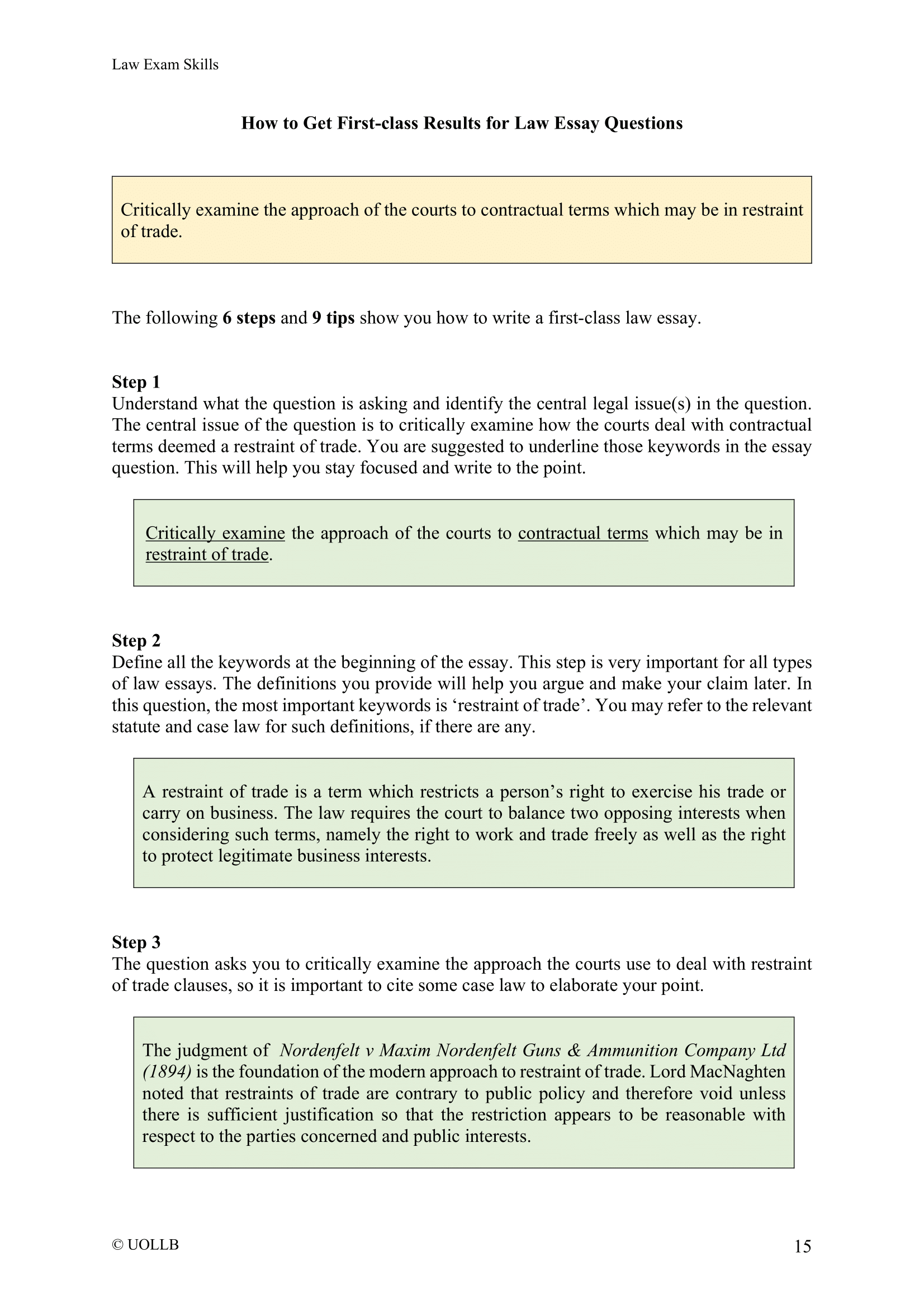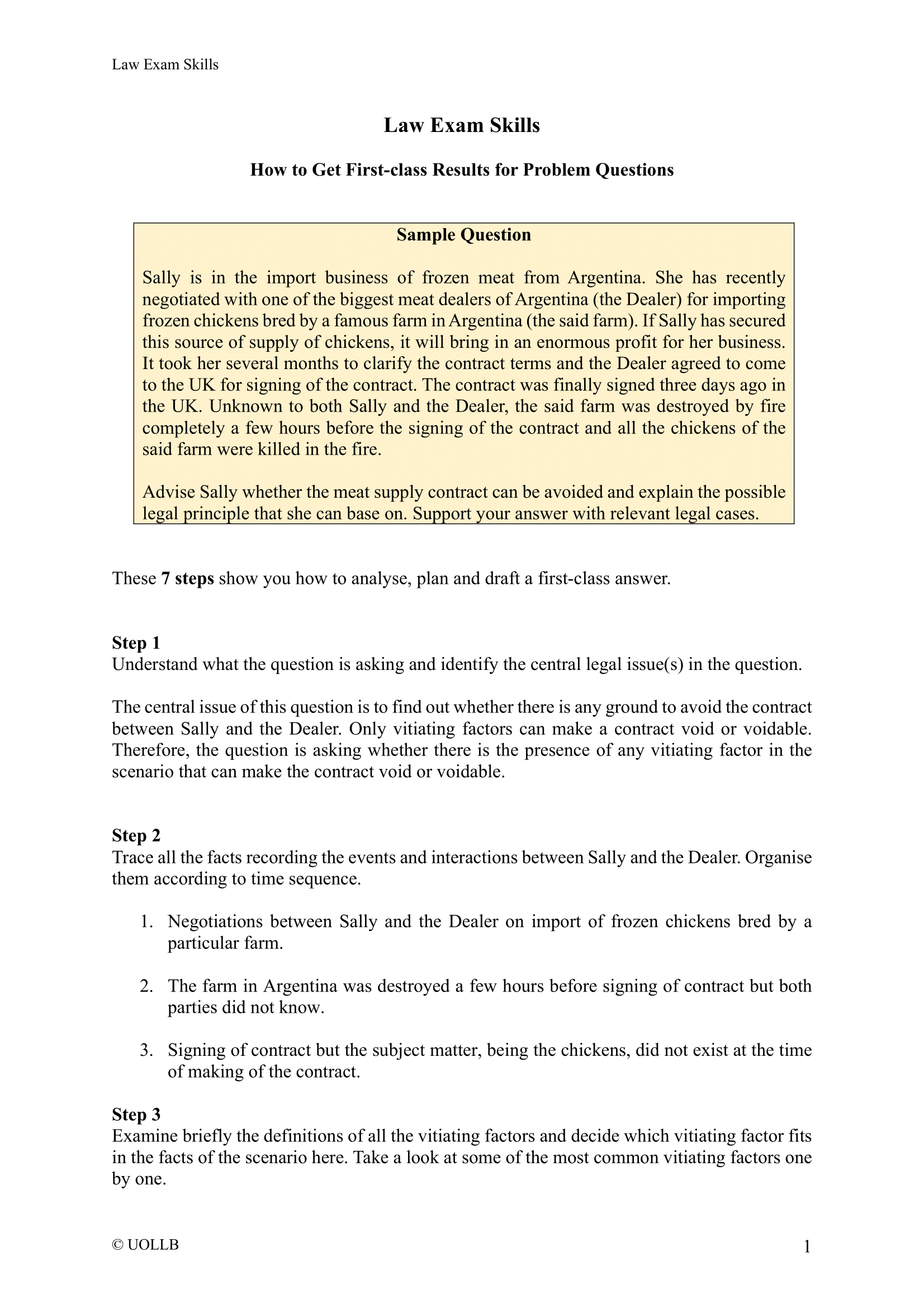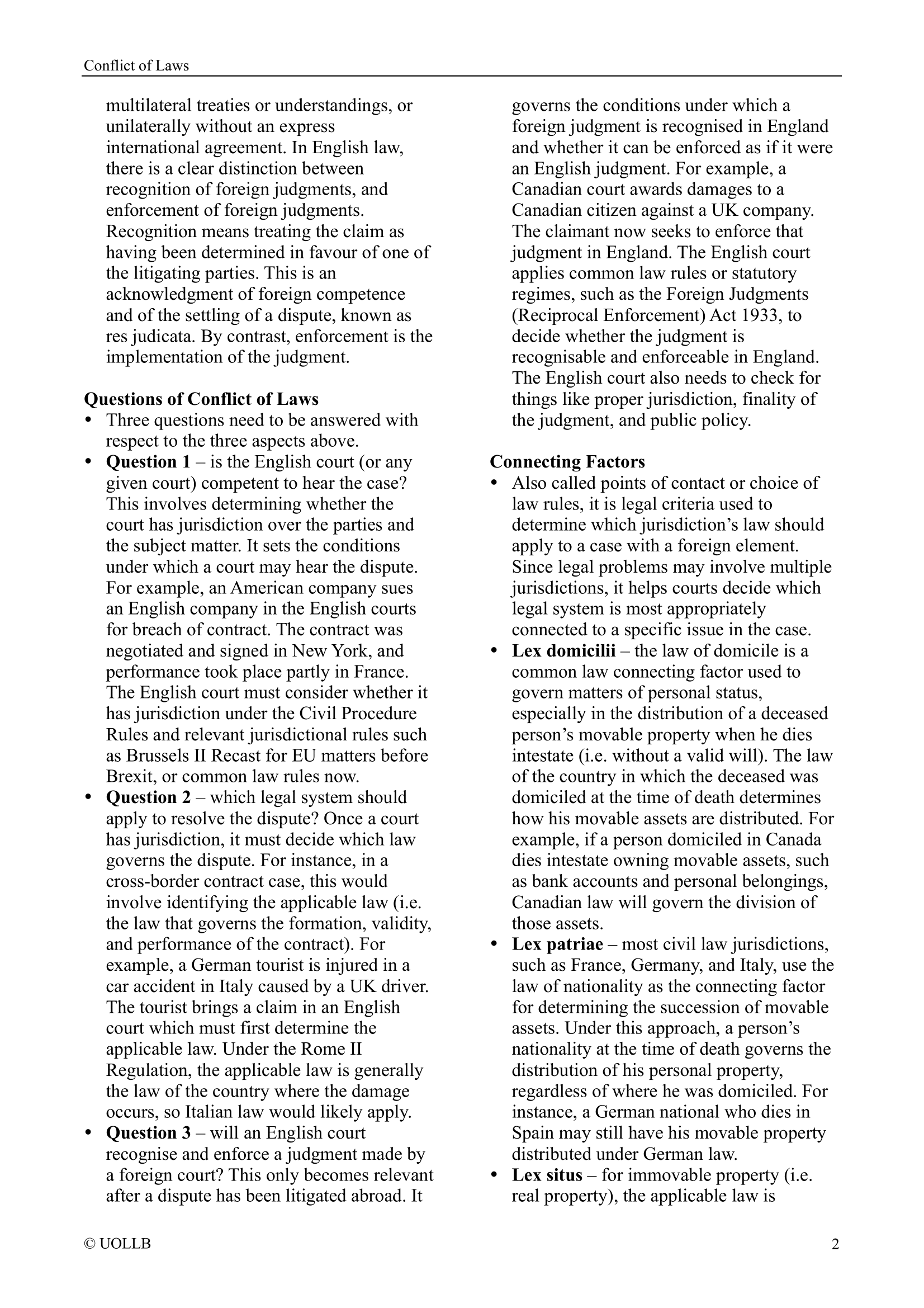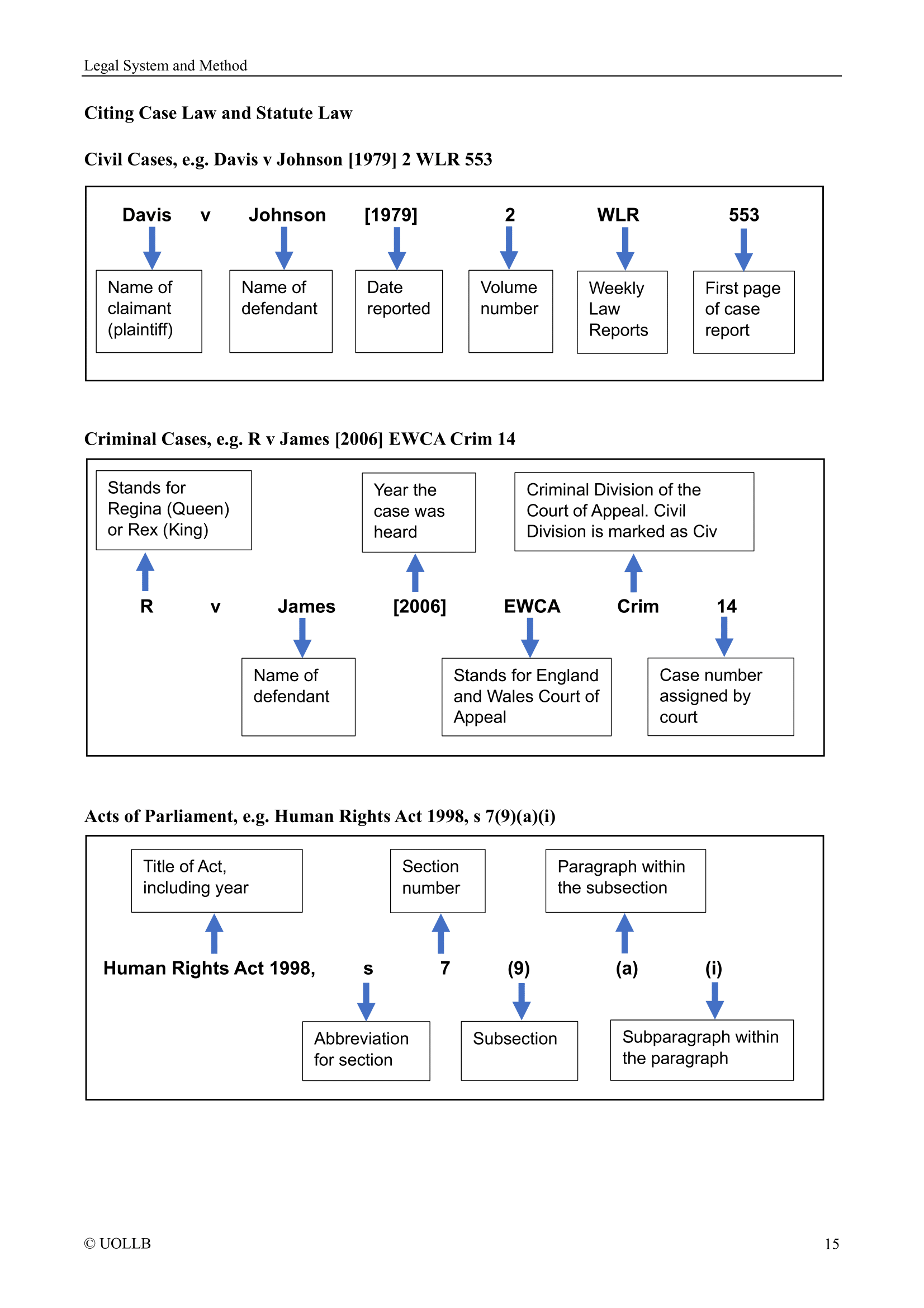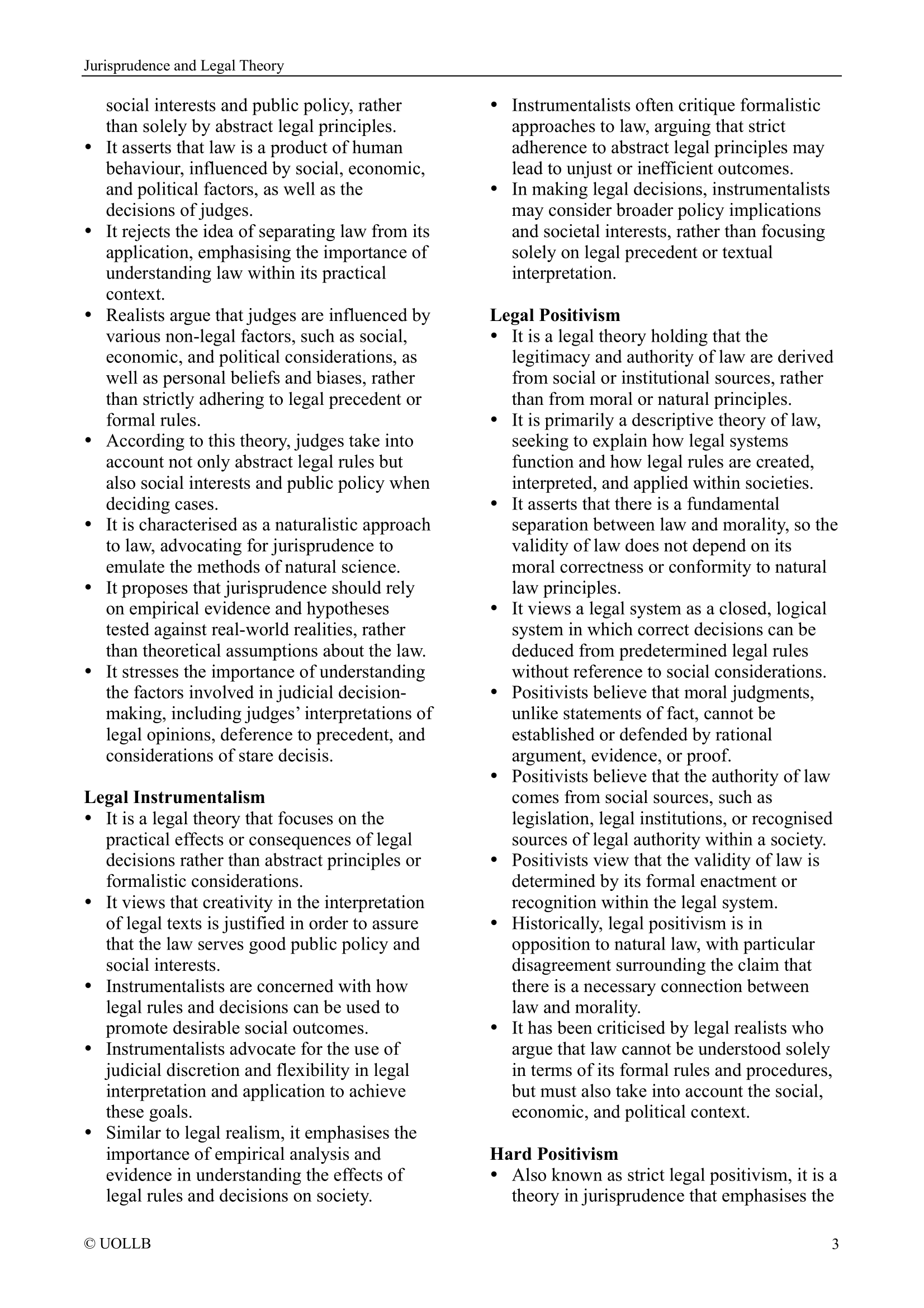UOL Alternative Dispute Resolution
Share
Alternative Dispute Resolution (ADR) provides parties with practical and efficient alternatives to court litigation. By offering processes such as negotiation, mediation, conciliation, and arbitration, ADR focuses on flexibility, confidentiality, and cost-effectiveness. It has become an essential feature of both domestic and international dispute settlement, encouraged by courts, legislatures, and business communities worldwide.
1. Introduction
Alternative Dispute Resolution (ADR) refers to processes used to resolve disputes without recourse to traditional litigation in courts. It covers a range of methods, including negotiation, mediation, conciliation, arbitration, and hybrid approaches, and is increasingly recognised for saving time, reducing costs, and preserving relationships. ADR empowers parties to resolve disputes more flexibly and confidentially, often with outcomes tailored to their specific needs.
2. Sources of ADR Law
ADR law derives from a combination of statutory provisions, common law principles, institutional rules, and international instruments. In the UK, sources include the Arbitration Act 1996, Civil Procedure Rules (which encourage ADR before litigation), and case law supporting mediation and cost sanctions for unreasonable refusal to engage in ADR. Internationally, conventions such as the New York Convention 1958 and the Singapore Convention 2019 provide frameworks for enforceability of arbitral awards and mediated settlements.
3. ADR Process
The ADR process generally begins with an agreement between parties to attempt resolution outside court, either voluntarily or by contractual clause. The procedure varies by method, but typically involves appointing a neutral third party, defining the issues in dispute, and exploring possible solutions. Unlike litigation, ADR is more flexible and party-driven, with procedures customised to the needs of the case and often conducted in private.
4. ADR and Litigation
ADR and litigation are complementary rather than mutually exclusive. Courts frequently encourage or mandate ADR to reduce case backlogs and promote settlement, but litigation remains necessary when binding judicial precedent, coercive powers, or remedies unavailable through ADR (such as injunctions) are required. Importantly, ADR outcomes can be integrated into the litigation process, for example, through consent orders or arbitration awards enforceable as court judgments.
5. Issues in Dispute Resolution
Key issues in ADR include confidentiality, impartiality of neutrals, enforceability of outcomes, and power imbalances between parties. Ethical concerns, such as mediator neutrality and fairness of settlements, also arise. In international contexts, cultural differences, legal diversity, and questions of jurisdiction and enforcement present additional challenges. Addressing these issues is essential to maintaining the legitimacy and effectiveness of ADR.
6. Negotiation
Negotiation is the most informal and direct method of ADR, involving parties communicating to reach a mutually acceptable solution without a third-party decision-maker. It allows flexibility, creativity, and control but depends heavily on bargaining power, communication skills, and willingness to compromise. Because it lacks external oversight, negotiation may risk unfair outcomes if one party dominates the process.
7. Conciliation
Conciliation is a structured negotiation facilitated by a neutral conciliator who assists parties in identifying issues, exploring options, and reaching settlement. The conciliator may play a more proactive role than a mediator, sometimes proposing solutions, but the final decision always rests with the parties. It is particularly common in employment and consumer disputes, offering a less adversarial approach than litigation.
8. Mediation
Mediation involves a neutral mediator helping parties explore their interests and work towards a voluntary settlement. Unlike adjudication, the mediator does not impose a decision but facilitates communication, fosters understanding, and assists parties in crafting their own solution. Mediation is valued for preserving relationships, maintaining confidentiality, and offering flexible, interest-based outcomes that courts cannot provide.
9. Arbitration
Arbitration is a formal ADR process where parties appoint an arbitrator (or panel) to make a binding decision, akin to a private judge. Governed in England and Wales by the Arbitration Act 1996, it provides procedural flexibility but results in an enforceable award, often recognised internationally under the New York Convention. It is widely used in commercial and international disputes because of its neutrality, enforceability, and finality.
10. Med-Arb
Med-Arb is a hybrid process that combines mediation and arbitration. Parties first attempt to resolve the dispute through mediation, and if no settlement is reached, the mediator (or another neutral) acts as arbitrator to deliver a binding decision. This ensures finality while encouraging consensual resolution, though concerns exist about impartiality if the same neutral moves from mediator to arbitrator.
11. Online Dispute Resolution
Online Dispute Resolution (ODR) uses technology to conduct ADR processes virtually, typically through online negotiation, mediation, or arbitration platforms. It is increasingly used in e-commerce, consumer, and cross-border disputes due to accessibility, cost savings, and efficiency. Challenges include ensuring procedural fairness, cybersecurity, and equal digital access, but ODR represents a rapidly growing frontier in dispute resolution.
12. Dispute System Design
Dispute System Design (DSD) refers to the intentional structuring of processes within organisations or institutions to manage conflict effectively. It involves creating tailored mechanisms, such as grievance procedures, ombuds services, or escalation tiers—that promote early resolution, fairness, and efficiency. DSD reflects a proactive approach, embedding ADR into organisational culture to reduce reliance on litigation.
13. International Commercial Arbitration
International commercial arbitration is the dominant method for resolving cross-border commercial disputes, chosen for its neutrality, flexibility, confidentiality, and enforceability of awards. Governed by institutional rules (e.g., ICC, LCIA, SIAC) and international conventions such as the New York Convention, it allows parties from different legal systems to resolve disputes outside national courts. It is a cornerstone of international commerce and investment.
14. International Commercial Mediation
International commercial mediation facilitates settlement of cross-border disputes through consensual dialogue led by a mediator. It is promoted by instruments like the UNCITRAL Model Law and the Singapore Convention on Mediation 2019, which enables enforceability of mediated settlement agreements across jurisdictions. It is increasingly viewed as a cost-effective, relationship-preserving alternative to arbitration in global trade and investment disputes.
ADR has transformed the way disputes are resolved, offering parties greater control, efficiency, and opportunities for collaboration compared to traditional litigation. From informal negotiation to international commercial arbitration, ADR processes promote fairness while reducing costs and delays. As global commerce expands and digital platforms evolve, ADR will continue to play a central role in shaping modern dispute resolution.
